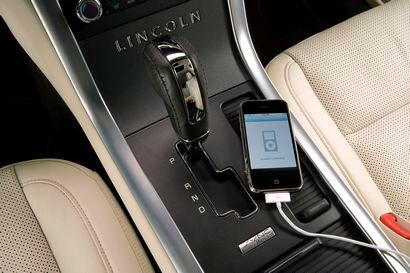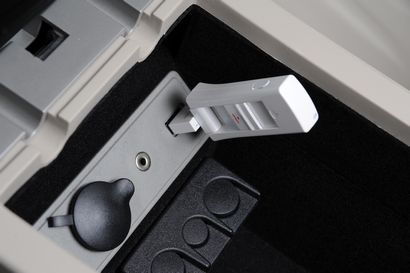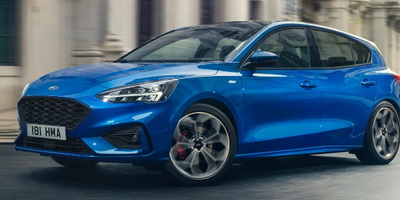Ford takes steps to prevent hackers from stealing everything from personal information to media libraries on its new generation of connected vehicles.

New opportunities for thieves
It used to be that car thieves could only take physical things such as radios, wheels and tires and radios – or even the entire car. But with the advent of the digital age, an entirely new arena of “things that can be stolen” has cropped up for those hoping to illegally abscond with your valuables.
Forget your iPod, portable navigation system, or even your purse of wallet. In the new age of cloud computing, thieves can ignore your Ford Mustang, Focus or Taurus (OK, we can understand why they might ignore the Focus) and go for the really good stuff – everything from your personal information to your media library and client contact lists – all courtesy of your vehicle’s high-tech infotainment system.

Occupant protection
In the new era of advanced in-vehicle communication systems, of which Ford is a leader, the company is looking beyond traditional occupant protection devices such as anti-lock brakes and side curtain airbags for ways to secure the information they are storing on the company’s ever-increasingly sophisticated SYNC information and entertainment system.
"Ford Motor Company delivers highly advanced technology and entertainment platforms that, just like a consumer's laptop or smart phone, need to have security features built into it," said Jim Buczkowski, director, Ford Electronics and Electrical Systems Engineering. "Consumers want and need to know that their personal or professional information in their vehicle is specific only to them."

New safeguards
Ford recently announced a number of new security features designed to protect the data that owners share with their vehicles including:
SYNC Firewall: Beginning with 2011 model year Ford vehicles, the company’s new MyFord Touch will either be standard equipment or offered as an option – which includes WiFi "hot spot" broadcasting through SYNC through the use of a standard USB-type broadband modem. To prevent unwanted (and unauthorized) access called “piggybacking”, Ford is using built in firewalls to both the wireless network and the vehicle. Default security for the in-vehicle SYNC WiFi system is set to WiFi Protected Access 2 (WPA2), which requires users to enter a randomly selected password in order to connect to the internet.

In addition, when the SYNC system detects a new WiFi device for the first time, the driver has to “specifically allow that device to connect, preventing piggybacking on the SYNC-provided signal.”
SYNC Phone Pairing Protection: SYNC Bluetooth pairing will allow up to 12 cell phones to be recognized by system. SYNC's connection to a paired phone's stored information, such as address books, however, is only possible when the phone is physically inside the vehicle. If the phone is outside the cabin, the short–range nature means that the connection is then broken, and there is no trace of the stored data for thieves to collect.

Encrypted Jukebox: One of SYNC’s coolest features - the onboard "Jukebox," which allows users to download music onto an in-vehicle hard drive - has its own encryption components as well as digital rights management. Each vehicle has its own encryption “signature” which means the hard drive cannot be swapped between vehicles to access the information it contains, and hackers won’t even be able to access the drive’s contents from another computer.
Thieves also won’t be able to download tunes from the jukebox using a USB stick, as “proprietary encryptions” will prevent songs saved to the system from being moved or copied to another device.
Images courtesy of Ford Motor Company












